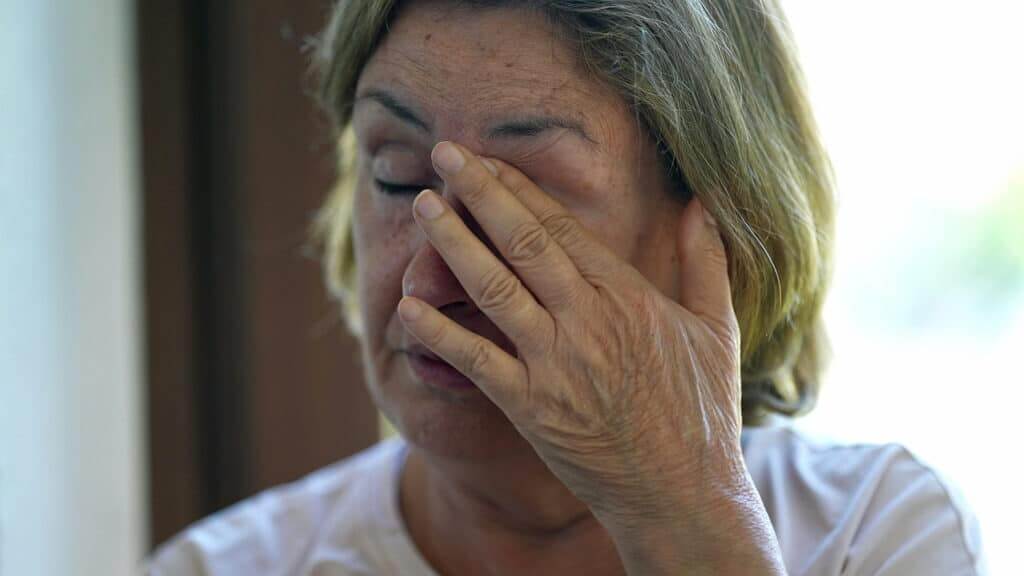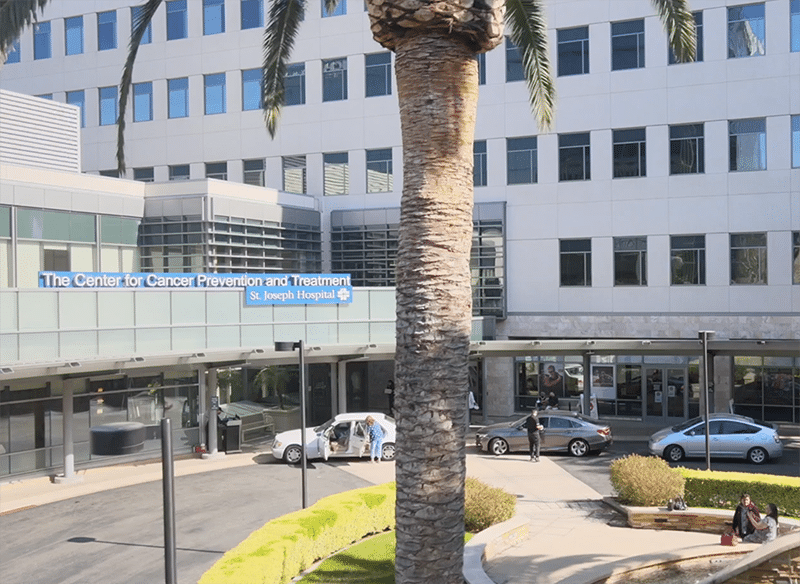Glaucoma Classifications
Glaucoma in Orange County, CA
Glaucoma is a group of eye diseases that damage the optic nerve, often due to high eye pressure. The three main types are:
Open-Angle Glaucoma
The most common form in the United States, where fluid does not drain effectively from the eye, leading to a gradual rise in pressure. Vision loss occurs slowly and often goes unnoticed until later stages, starting from the peripheral vision.
Angle-Closure Glaucoma
Less common in the US, but more common in patients with Asian ethnic background. It happens when the drainage angle of the eye suddenly, or gradually, becomes blocked. In the acute form, it can cause severe eye pain, headaches, nausea, and sudden vision changes, and requires immediate treatment.
Secondary Glaucoma
Develops as a result of another eye condition, injury, or medication usage. Treating both the underlying cause and the eye pressure is important to protect vision.

Angle-Closure Glaucoma
Angle-closure glaucoma, sometimes referred to as narrow-angle glaucoma, happens when the “drain” or “angle” of the eye becomes too narrow and blocked, and consequently, the eye pressure rises. The space between the clear, dome-shaped structure (called the cornea) and the colored part of the eye (called the iris) is called the drainage angle of the eye. If this space becomes too narrow, effective drainage of the eye can be disrupted, resulting in high eye pressure. If this happens suddenly, it is called an acute angle-closure attack (crisis), which is a true eye emergency.
If an acute angle-closure episode is not treated quickly by an ophthalmologist, significant vision loss can occur.
Primary Open Angle Glaucoma
Primary Open-Angle Glaucoma is the most common form of glaucoma in the United States.
Over time, the eye’s drainage system becomes less effective, similar to how a pump would gradually work less efficiently in a plumbing system. This leads to a gradual increase in eye pressure, which in turn damages the optic nerve. As a result, there is slow loss of the field of vision, typically starting from the periphery of the vision, often without noticeable symptoms. The diagnosis of glaucoma involves a comprehensive evaluation with a glaucoma specialist with multiple steps.
Chronic Angle-Closure Glaucoma
When the drainage angle of the eye gradually becomes narrowed and eventually scarred, eye pressure builds up more slowly over a longer period of time. This is called chronic angle-closure glaucoma. If left untreated, it can lead to significant vision loss, particularly in the field of vision. Chronic angle-closure glaucoma may or may not present any symptoms. It is crucial to see an ophthalmologist for a comprehensive examination to detect a narrow angle and prevent vision loss.
Symptoms of Acute Angle-Closure Attacks
- Severe headache
- Eye pain
- Eye redness
- Fixed pupil
- Nausea and vomiting
- Blurred vision
- Rainbow halos around bright objects


Secondary Glaucoma
Secondary glaucoma is a type of glaucoma that develops as a result of another eye condition, injury, or medical problem. Unlike primary glaucoma, which occurs on its own, secondary glaucoma is triggered by an underlying cause that disrupts the normal drainage of fluid in the eye, leading to increased eye pressure and potential optic nerve damage.
Types of secondary glaucoma:
- Pseudoexfoliation Glaucoma
- Pigmentary Glaucoma
- Neovascular Glaucoma
- Traumatic Glaucoma
- Uveitic Glaucoma
- Steroid Responder
- Aphakic Glaucoma




